09 PFT - Boards and Beyond
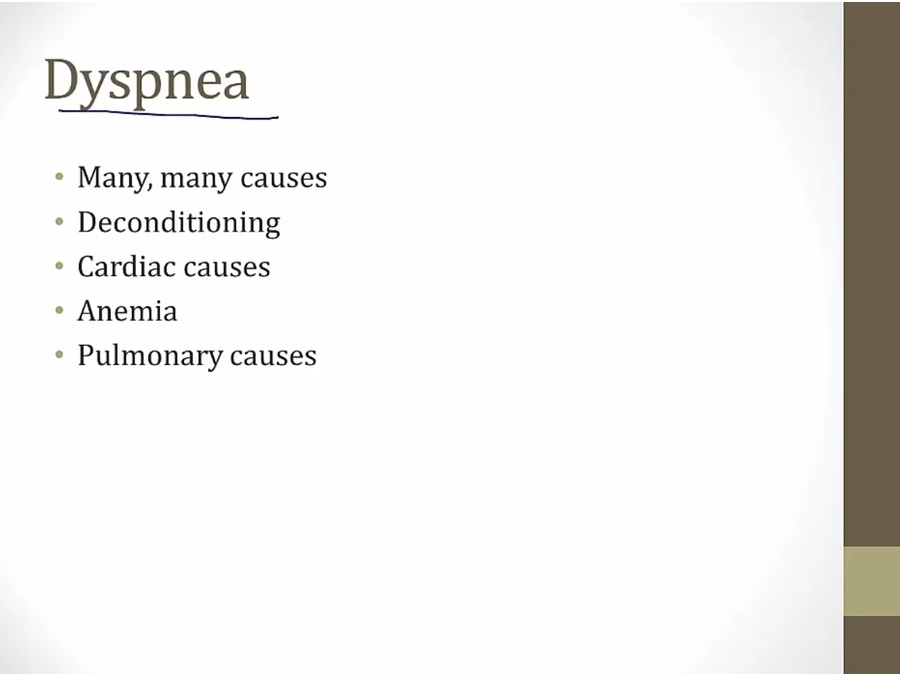
- PFT in context
- in real life: deconditioning common cause, out of shape
- cardiac: HF, coronary diseases
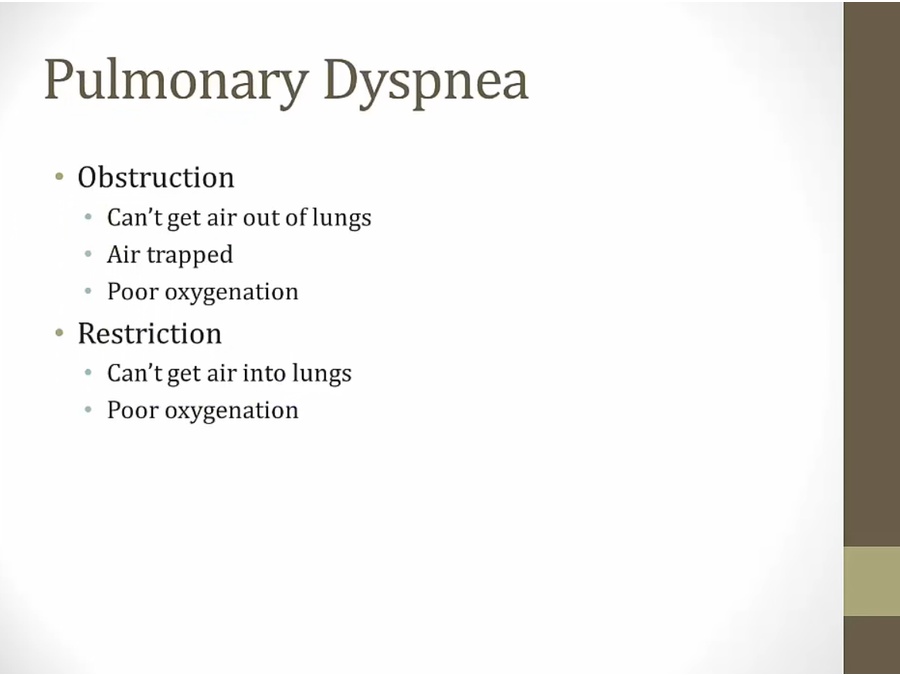
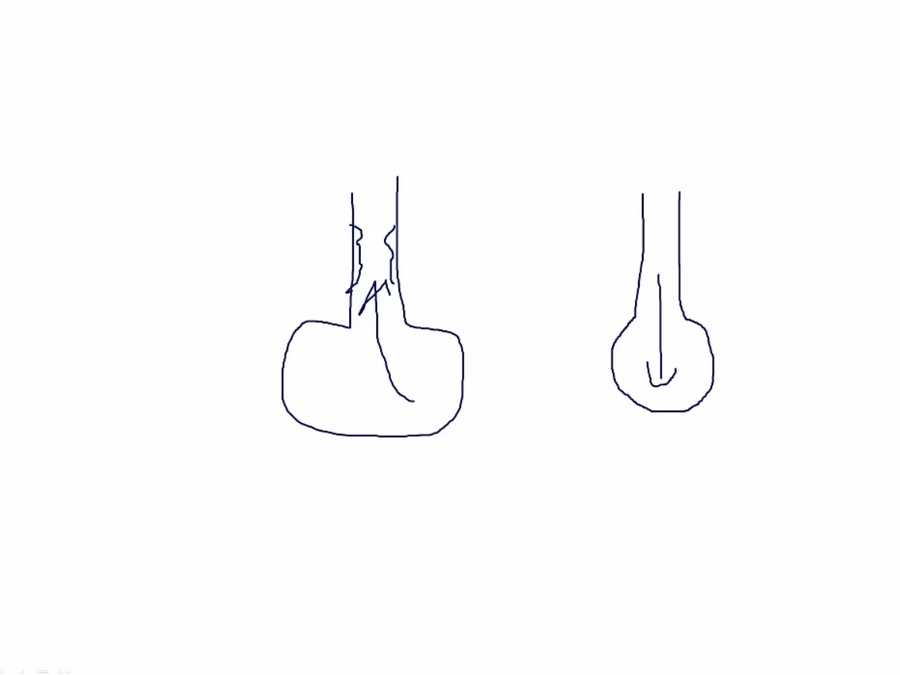
- obstruction: more at neck, air can’t get out
- restriction: can’t expand
PFT
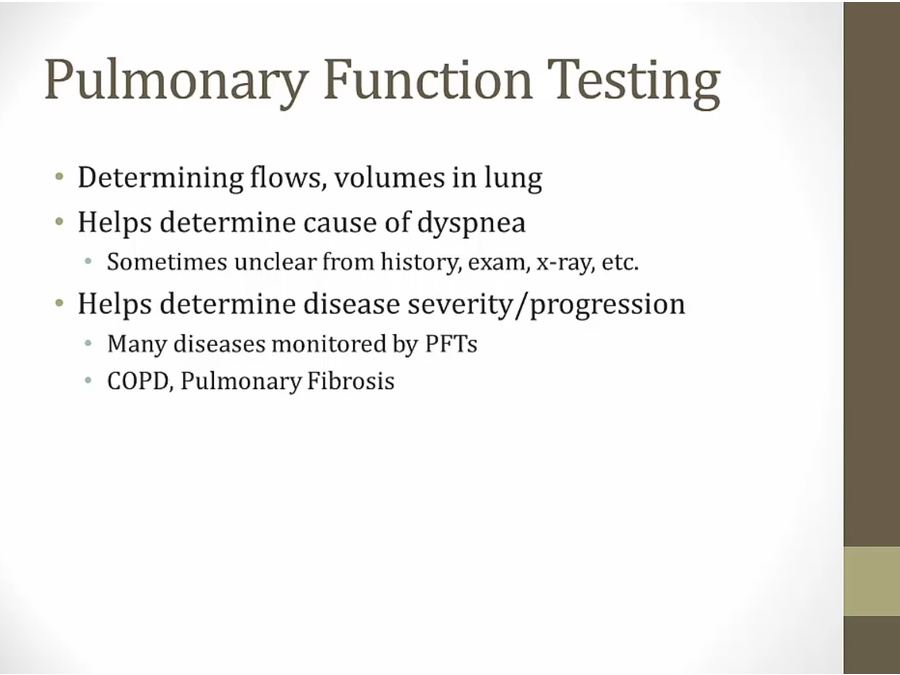
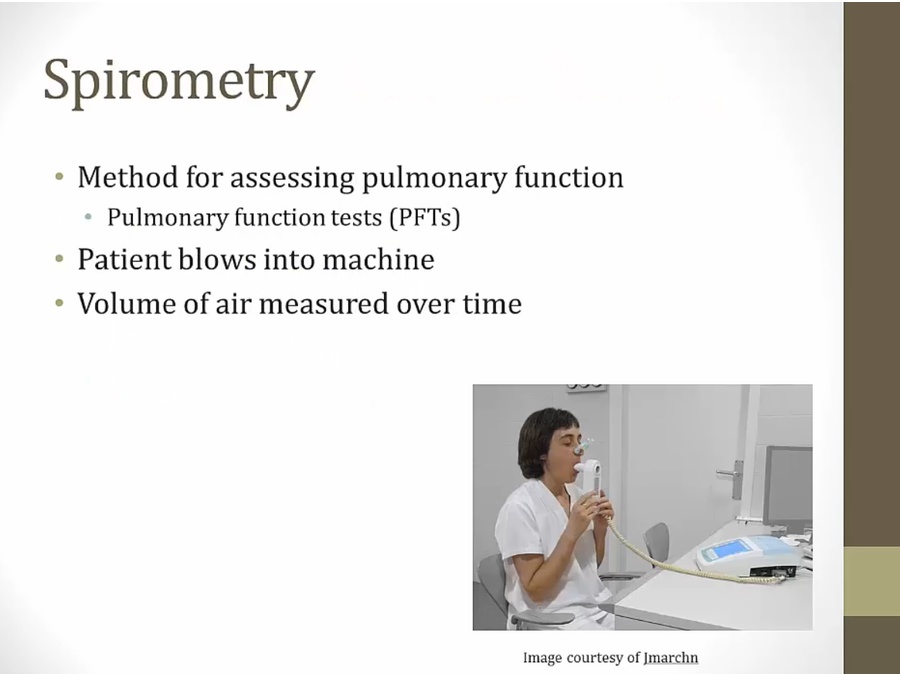
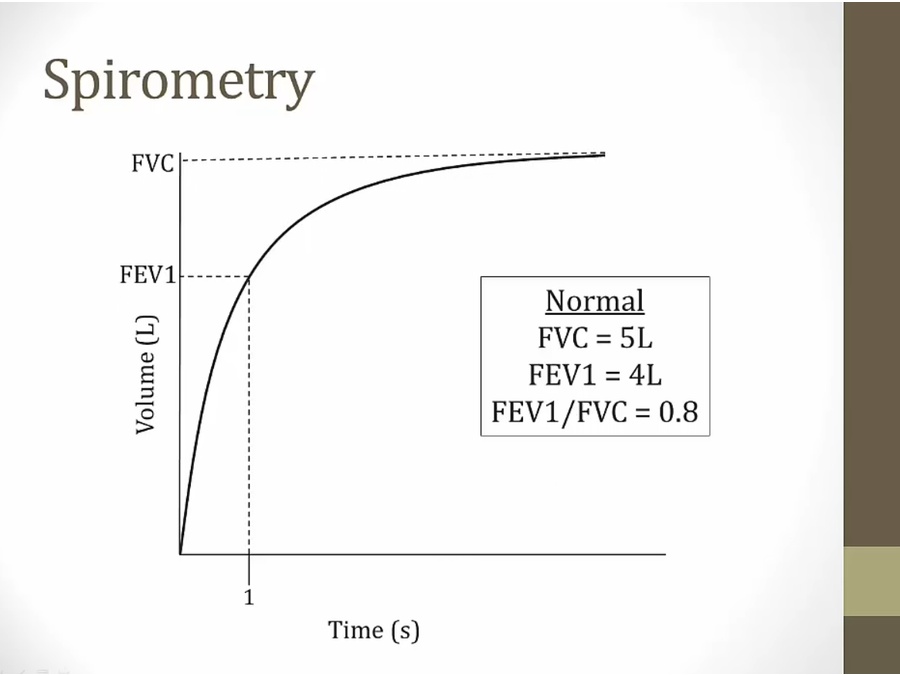
- most air blown out in 1st second
- FEV1: forced expiratory volume in 1 second
- FVC: forced vital capacity, total
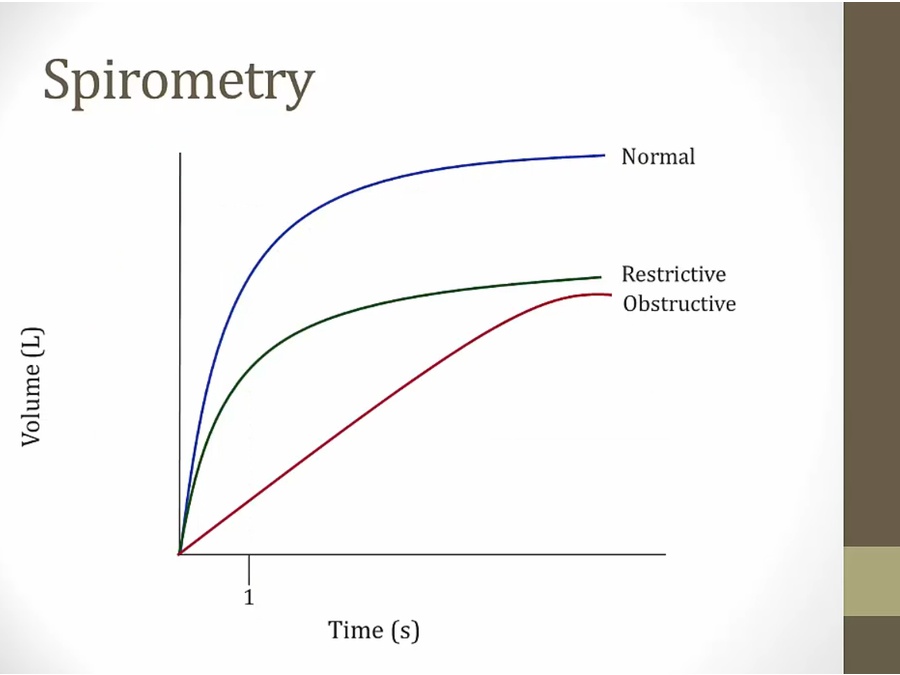
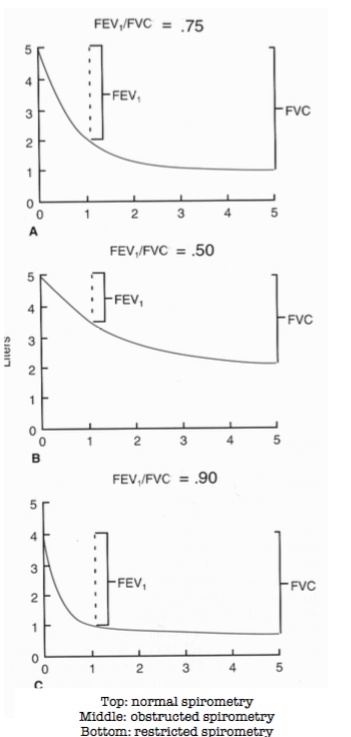
- restrictive: normal slope and shape. No problem with mechanics of getting air out. Can’t draw enough air in. FVC lower
- obstructive: slope slower. Shape different
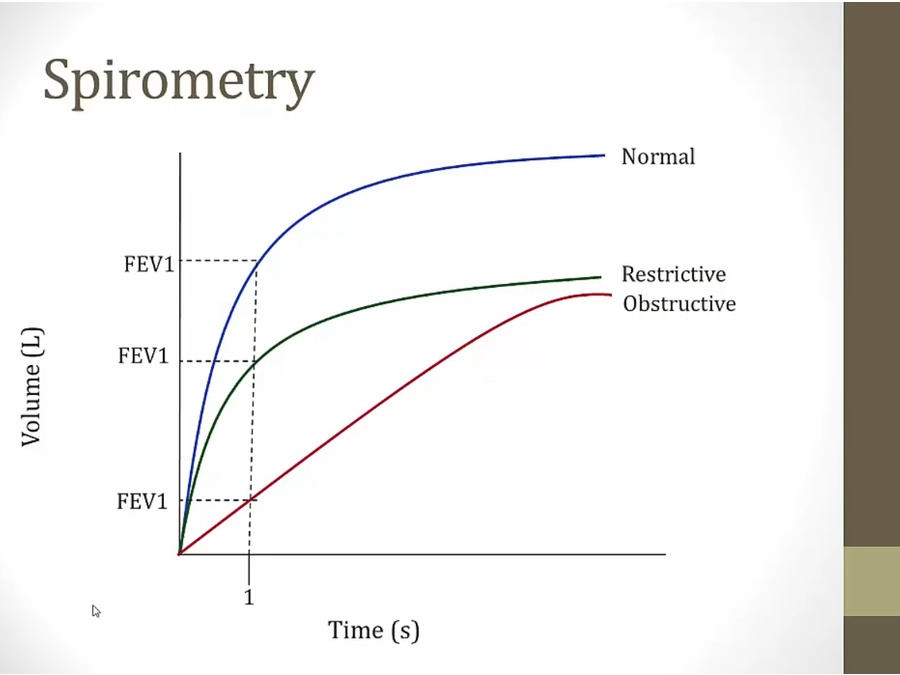
- restrictive: lower FEV1. Can’t draw as much air in in first place, so can’t exhale as much out
- obstructive: very low. Obstruction to outflow. Can’t get out
- Both has lower FEV1, decrease in obstructive much lower
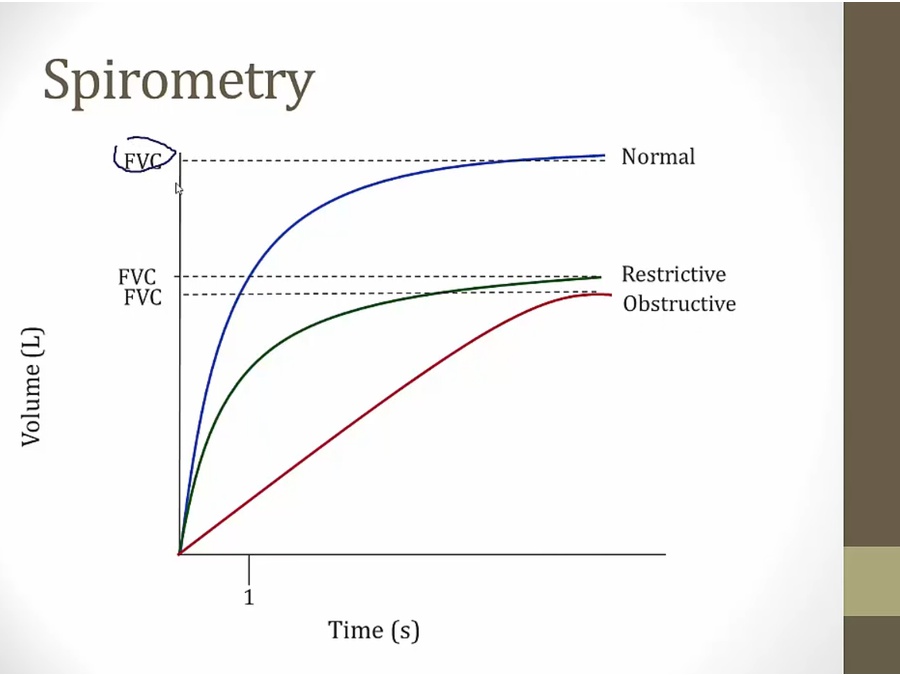
- falls in both
- restrictive: can’t draw as much in
- obstructive: can’t get out
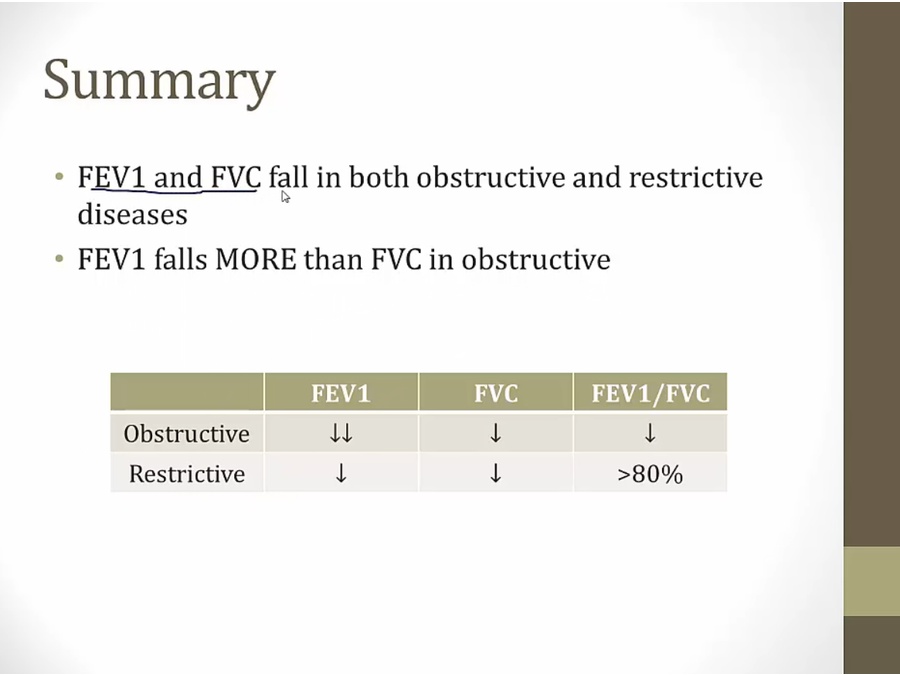
- restrictive: normal or may even rise
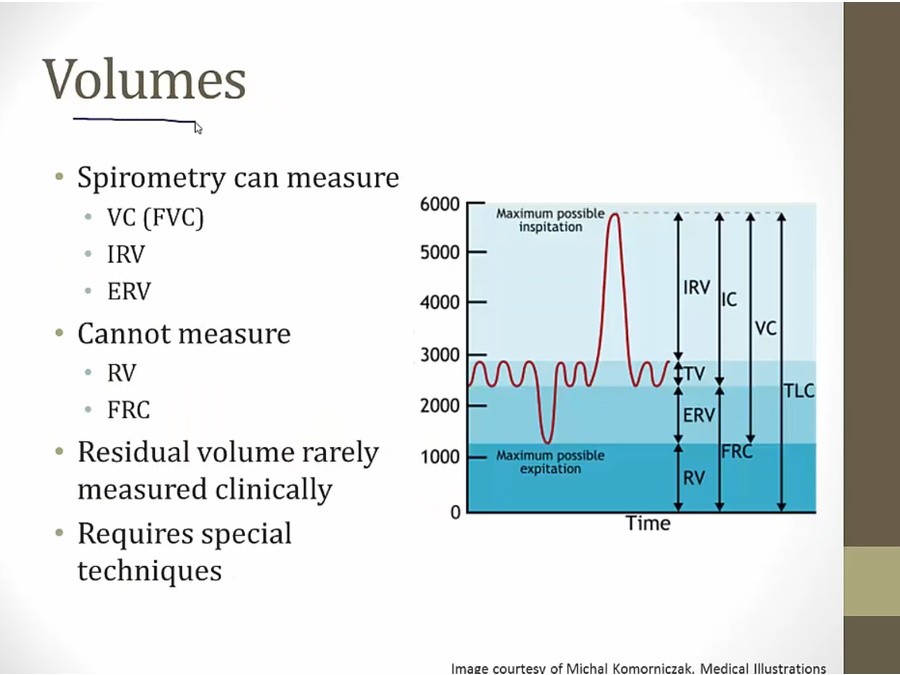
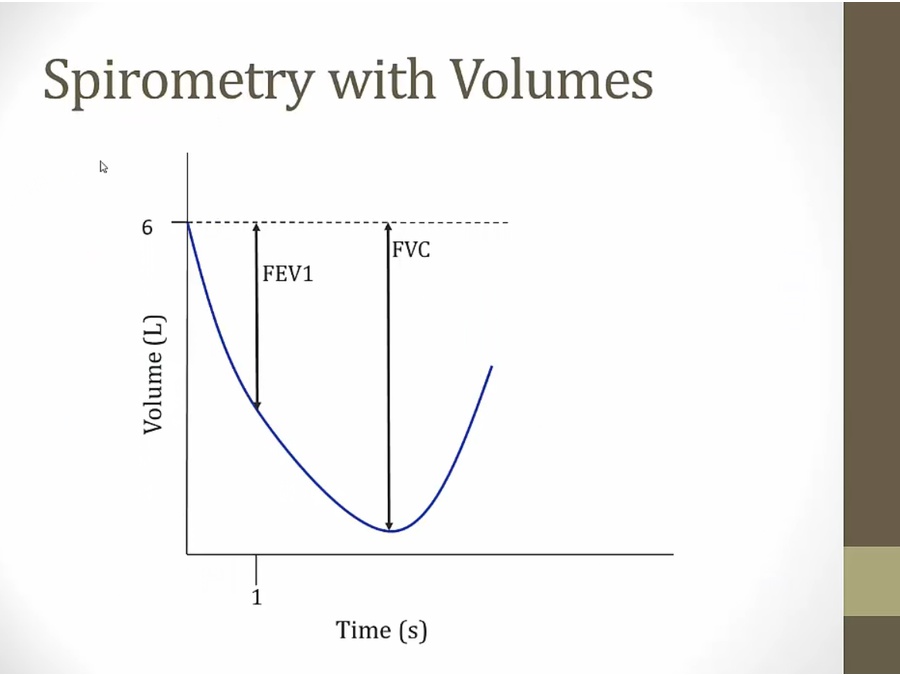
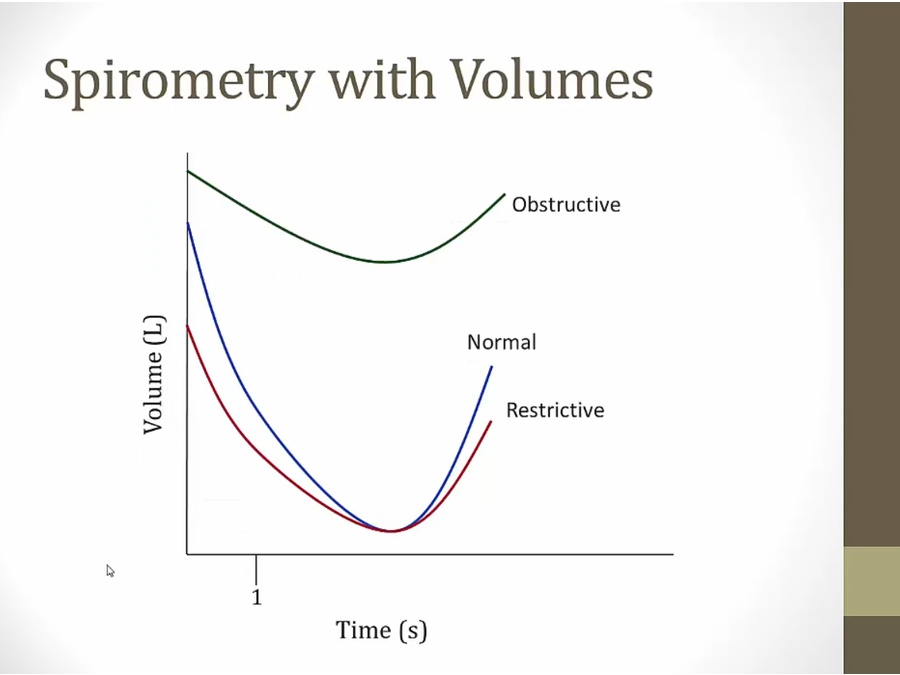
- Obstructive: volume higher because air trapping, starts at higher point at 0
- Restrictive: can’t get air in. Starts at lower point
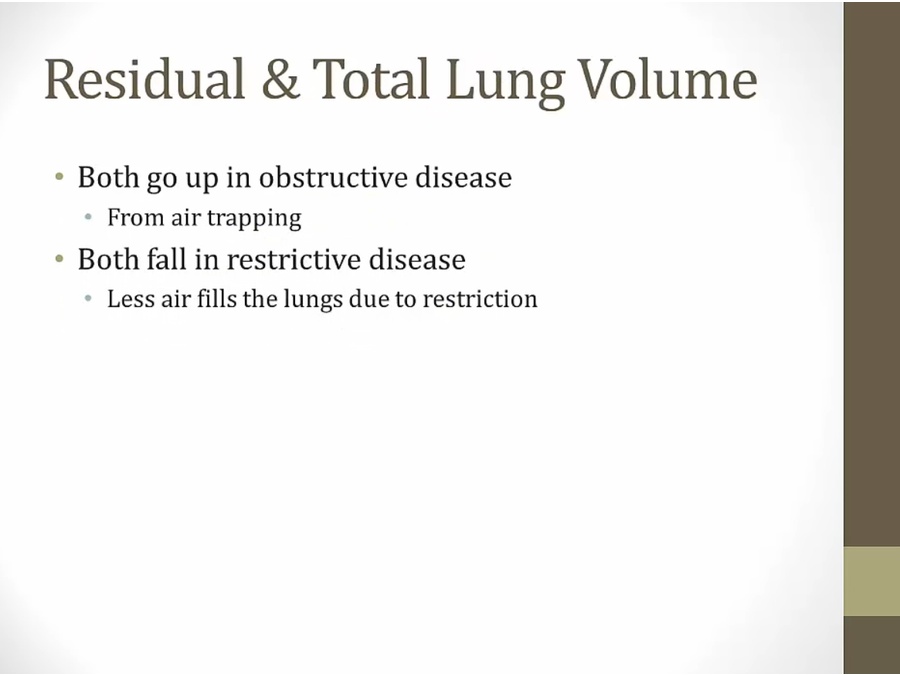
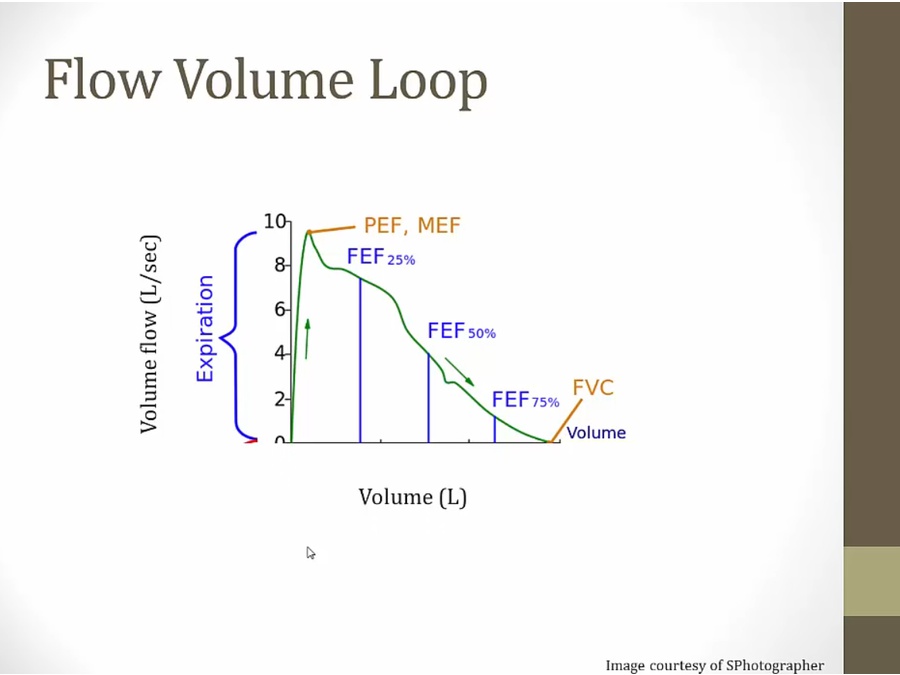
- PEF: peak expiratory flow, fall in obstructive lung disease
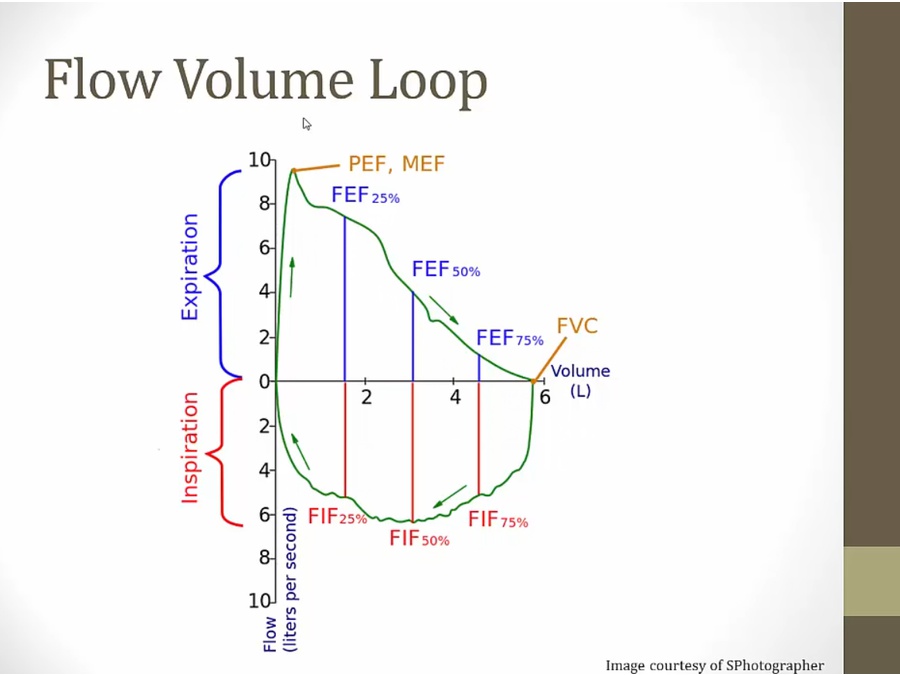
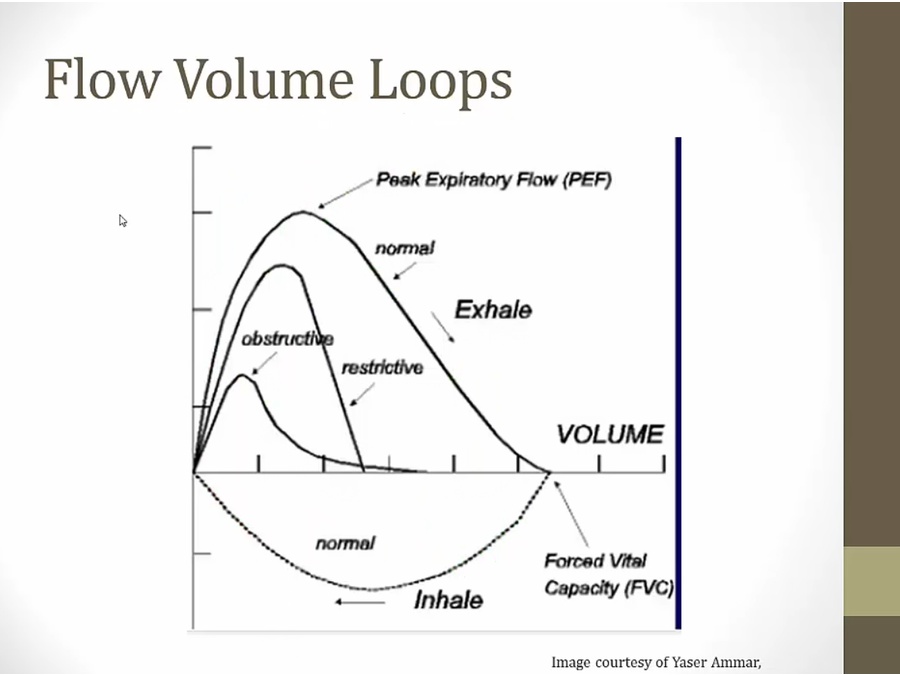
- Obstructive: PEF much lower, gentle gradual down slope instead of rapid (obstruction, changes shape)
- Restrictive: looks like normal curve just smaller
Work of breathing
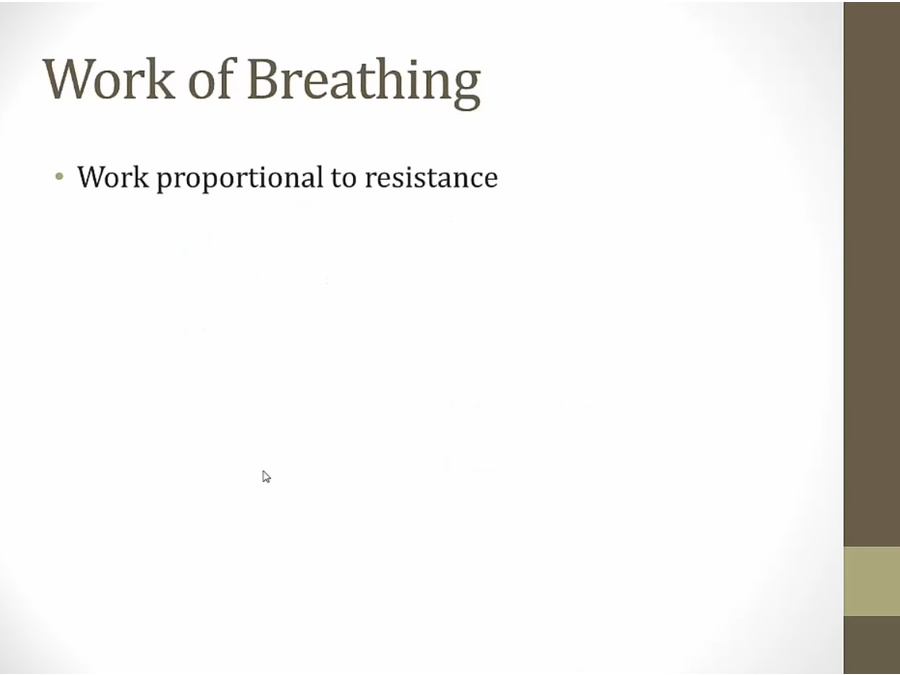
- amount of energy body expends to move air
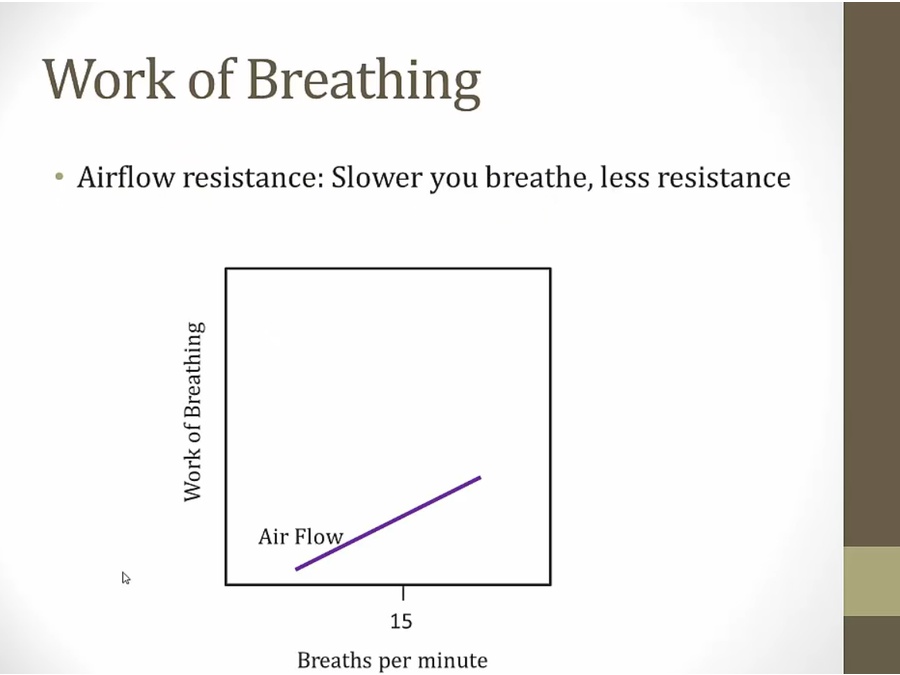
- bronchoconstriction: moves curve up
- bronco dilator: curve moves down
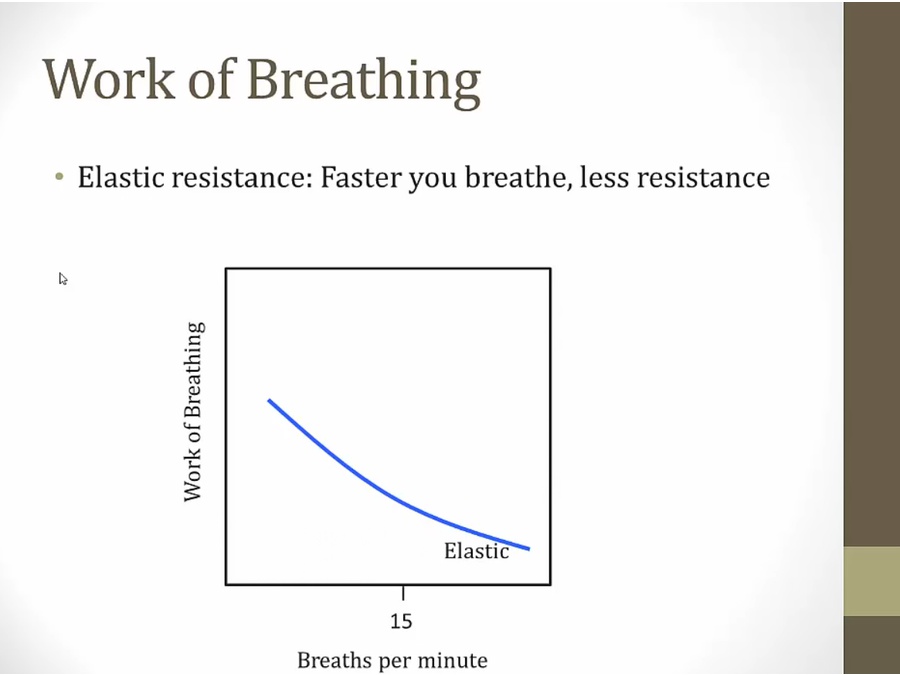
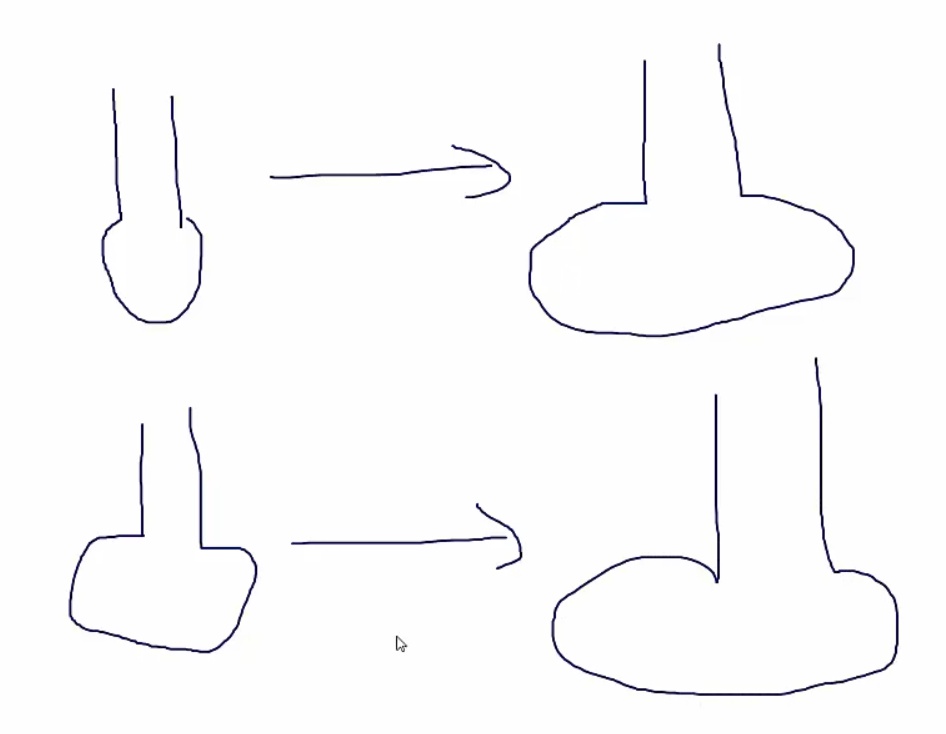
- more work to inflate a completed deflated lung than to inflate partially deflated lung
- top: very low respiratory rate, alveoli completely deflate/inflate with each breath
- bottom: high respiratory rate, alveoli start with some air, not as much work to inflate
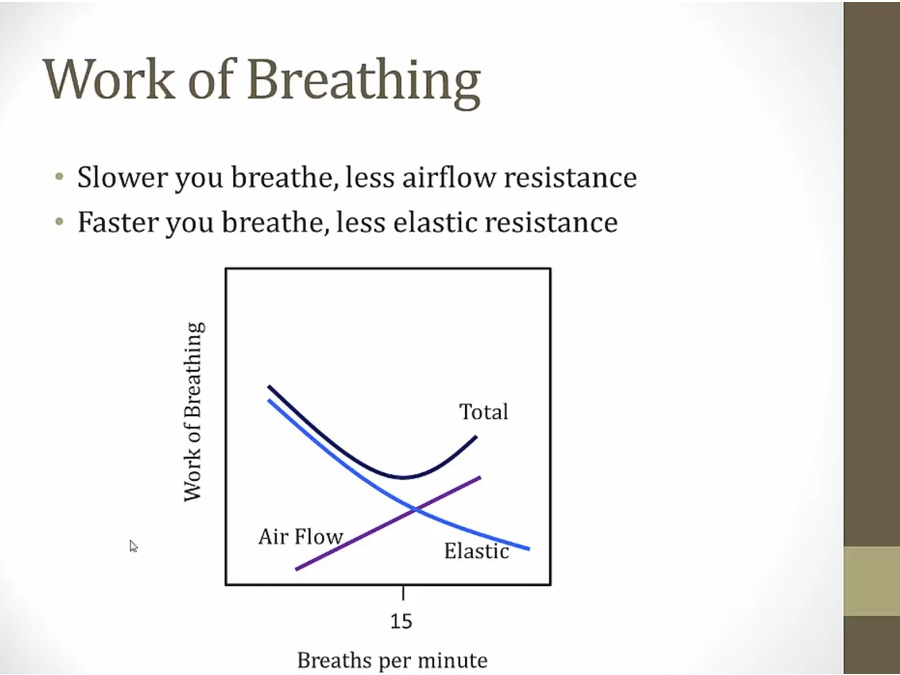
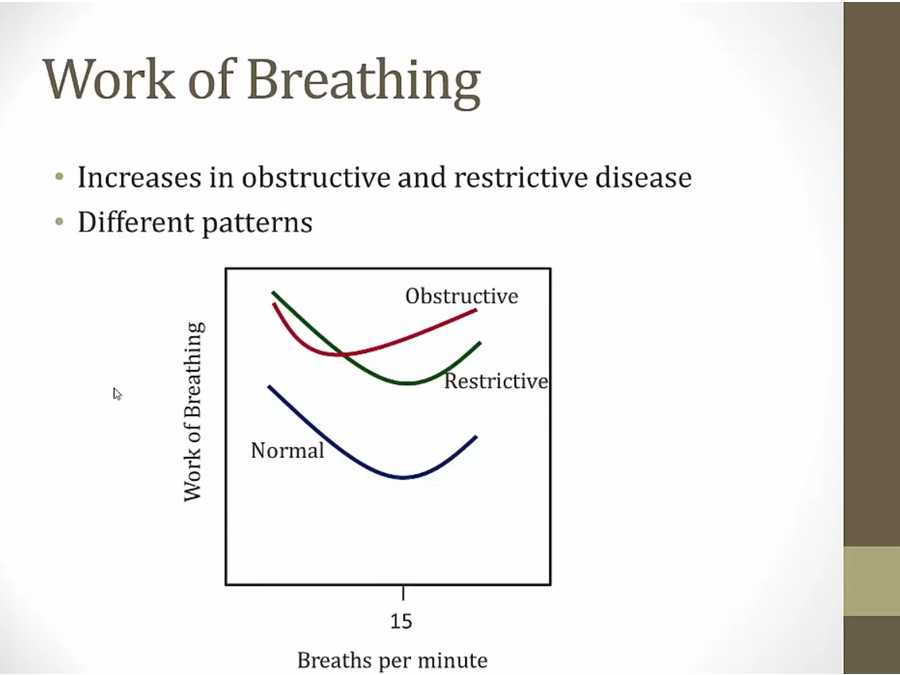
- restrictive: at all rate, more work required, same shape = same respiratory rate as normal. Working harder to breath overall, but rate unchaged
- obstructive: different shape, min point shifted to left. Increased resistance to airflow, breath at lower, long breaths to avoid turbulent flow
Links to this note























